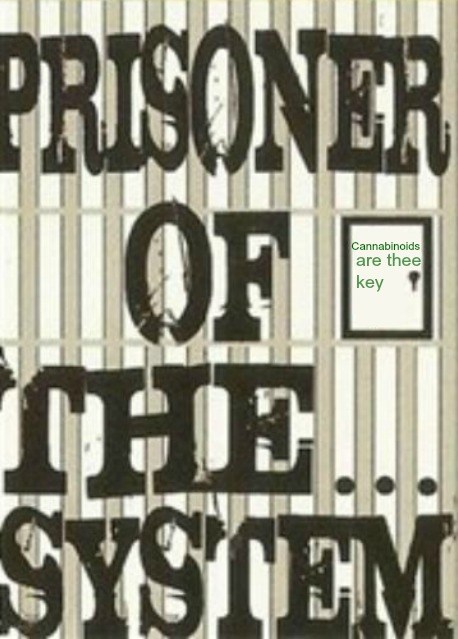Involvement of prelimbic medial prefrontal cortex in panic-like elaborated defensive behaviour and innate fear-induced antinociception elicited by GABAA receptor blockade in the dorsomedial and ventromedial hypothalamic nuclei: role of the endocannabinoid CB1 receptor.
Involvement of prelimbic medial prefrontal cortex in panic-like elaborated defensive behaviour and innate fear-induced antinociception elicited by GABAA receptor blockade in the dorsomedial and ventromedial hypothalamic nuclei: role of the endocannabinoid CB1 receptor.
Source
Laboratory of Neuroanatomy and Neuropsychobiology, Department of Pharmacology, Ribeirão Preto Medical School of the University of São Paulo, Brazil.
Abstract
It has been shown that GABAA receptor blockade in the dorsomedial and ventromedial hypothalamic nuclei (DMH and VMH, respectively) induces elaborated defensive behavioural responses accompanied by antinociception, which has been utilized as an experimental model of panic attack. Furthermore, the prelimbic (PL) division of the medial prefrontal cortex (MPFC) has been related to emotional reactions and the processing of nociceptive information. The aim of the present study was to investigate the possible involvement of the PL cortex and the participation of local cannabinoid CB1 receptors in the elaboration of panic-like reactions and in innate fear-induced antinociception. Elaborated fear-induced responses were analysed during a 10-min period in an open-field test arena. Microinjection of the GABAA receptor antagonist bicuculline into the DMH/VMH evoked panic-like behaviour and fear-induced antinociception, which was decreased by microinjection of the non-selective synaptic contact blocker cobalt chloride in the PL cortex. Moreover, microinjection of AM251 (25, 100 or 400 pmol), an endocannabinoid CB1 receptor antagonist, into the PL cortex also attenuated the defensive behavioural responses and the antinociception that follows innate fear behaviour elaborated by DMH/VMH. These data suggest that the PL cortex plays an important role in the organization of elaborated forward escape behaviour and that this cortical area is also involved in the elaboration of innate fear-induced antinociception. Additionally, CB1 receptors in the PL cortex modulate both panic-like behaviours and fear-induced antinociception elicited by disinhibition of the DMH/VMH through microinjection of bicuculline.
- PMID:
23521775
[PubMed – as supplied by publisher]

http://www.ncbi.nlm.nih.gov/pubmed/23521775

